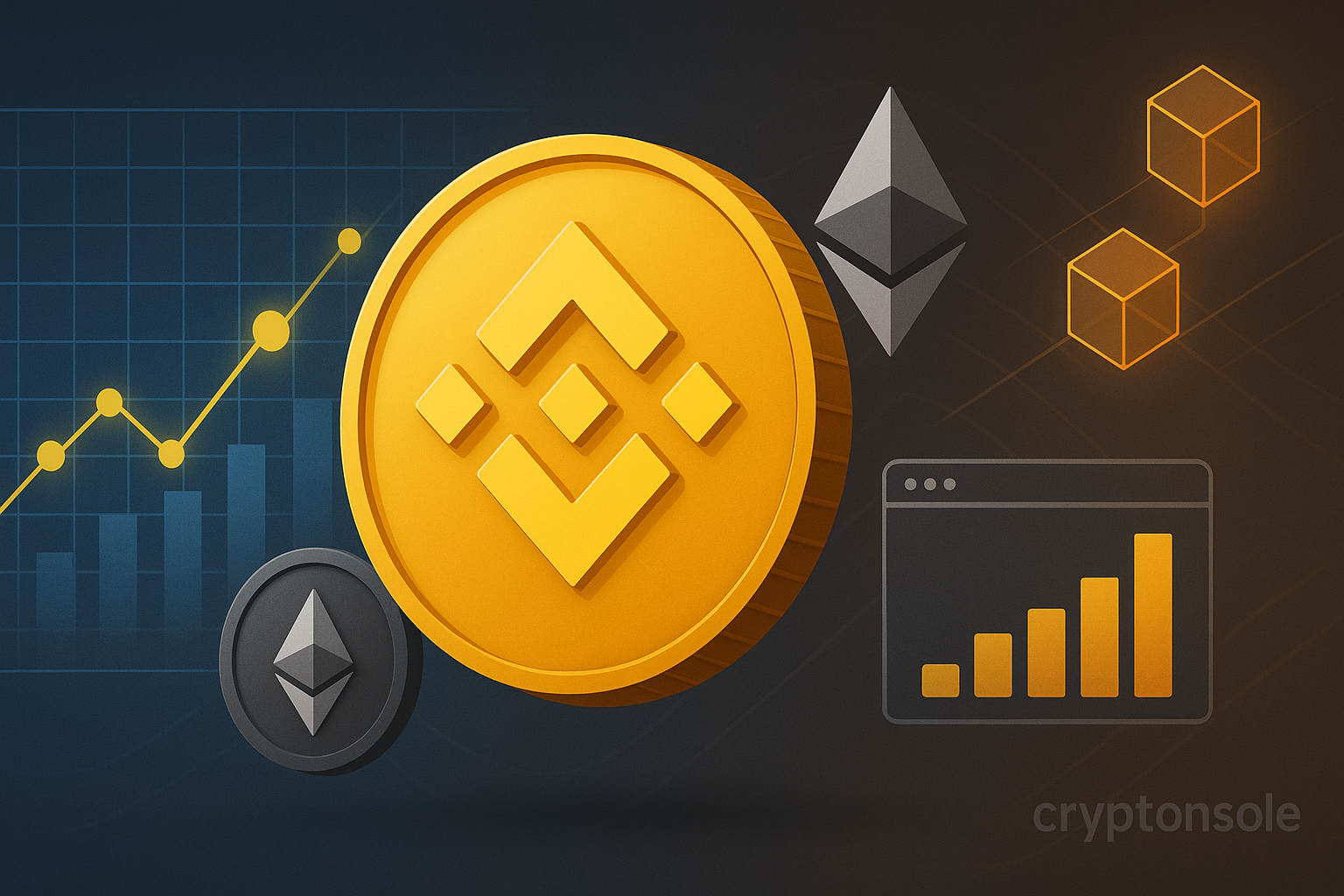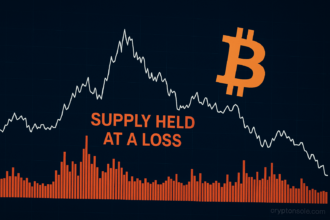Summary
Validators on BNB Chain (BSC) have proposed cutting the minimum gas price from 0.1 Gwei to 0.05 Gwei and shortening the block interval from 750 ms to 450 ms. If implemented, the changes could lower transaction fees to ~US$0.005 per tx, bolstering BSC’s competitiveness againstq fast, low-fee chains like Solana and Base. Previously, gas cuts from 3 → 1 Gwei and 1 → 0.1 Gwei reduced median fees nearly 75% and helped drive daily transactions up ~140% to 12 million+. Validators are now arguing that as long as staking APY remains above 0.5%, BNB Chain should aim for the lowest possible gas, with a long-term goal of ~US$0.001 per tx.
What’s Being Proposed & Why
- Gas Price Reduction: The proposal suggests lowering the base gas price from 0.1 Gwei to 0.05 Gwei.
- Faster Block Interval: Block time would be acceleratedJ from 750 ms (three-quarters of a second) to 450 ms (less than half a second), increasing throughput.
- Estimated Fee Per Transaction: Under the new regime, fees might drop to about US$0.005 per transaction.
- Historical Precedents: Earlier gas cuts—from 3 → 1 Gwei and from 1 → 0.1 Gwei—helped reduce median fees by ~75% and catapult daily transaction volumes by ~140% to over 12 million.
- Validator Incentive Principle: The proposal includes a principle: as long as staking APY is above 0.5%, BNB Chain should push gas as low as possible. The long-term ambition is a nominal transaction fee target of US$0.001.
What It Could Mean for BNB Chain & Users
Pros / Upside
- Lower costs & better UX: Dropping fees further could make BSC more attractive for small transactions, micro-apps, gaming, DeFi, and onboarding new users.
- Improved competitiveness: With ultra-low fees and faster blocks, BSC could better compete with chains like Solana and Base that emphasize speed + low cost.
- Higher activity / volume: Lower friction could stimulate more usage, boosting metrics like daily transactions, liquidity, and dApp activity.
- Validator sustainability (conditionally): If staking APY stays above 0.5%, validators may still earn enough to support the network even at lower gas rates.
Challenges & Risks
- Validator rewards pressure: Cutting gas revenue too much could threaten validator incentives, especially in low usage periods.
- Network congestion & infrastructure strain: Faster blocks require validators, nodes, and network propagation to scale. Underestimation of load might degrade performance or block propagation reliability.
- Implementation & consensus risk: Such protocol changes typically require governance, testing, community buy-in, and precise execution to avoid forks or instability.
- Fee volatility & congestion adjustments: In peak demand periods, the base gas price might have to adjust upward; the cost floor can’t be so low that congestion breaks the system.
Timeline, Status & Community Input
- Proposal status: The proposal is currently under discussion. Binance’s official Square account published a post summarizing the plan.
- Validator / community feedback: Validators are soliciting feedback from the community and ecosystem to gauge support7 and concerns.
- Next steps: If consensus is reached, protocol or parameter changes may be scheduled through hard forks or governance updates.
Context & Technical Background
- BNB Chain’s current infrastructure supports 100 million gas / second throughput with 750 ms block times, per recent upgrades.
- Earlier proposals discussed reducing block times from 3 seconds to 0.75 seconds in phases—these gradual reductions reflect BSC’s roadmap for increased block speed.
- The concept of lowering gas fees in tandem with maintaining validator incentives is part of ongoing debates in many chains, balancing user growth vs network sustainability.
What to Monitor & Indicators
- Whether the proposal is formally adopted and scheduled, including which block date or version.
- Impact on staking yields / APY after the changes, especially during low network usage periods.
- Changes in throughput, transaction finality times, and network latency after adoption.
- How users, developers, and ecosystem participants respond—whether they migrate or build more on BSC.
- Comparative metrics versus competitor chains (Solana, Base) in fees, speed, and volume post implementation.
FGSX1T0H












